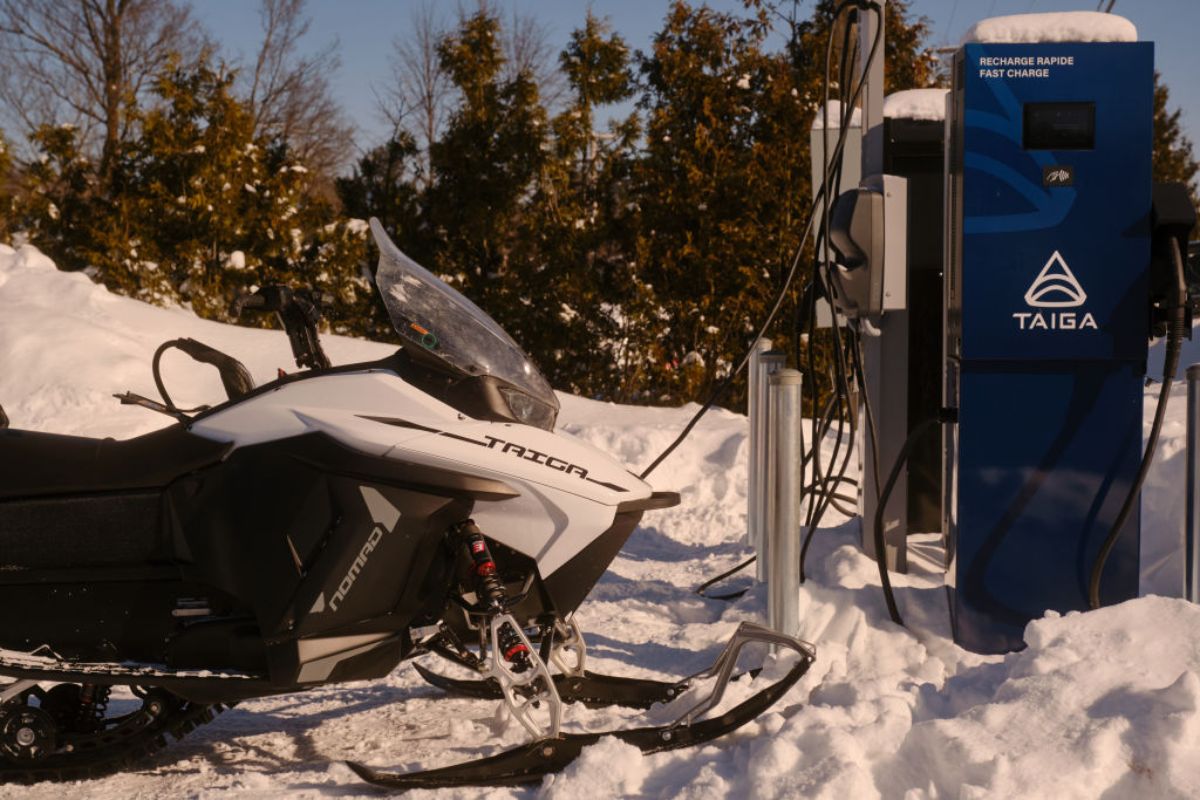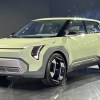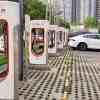
3 Advantages Electric Snowmobiles Have Over Gas-Powered Sleds
Winter is coming. With it, instead of driving around with snow tires, it might be time to dress warm and explore West Yellowstone, Montana, or whichever other snowmobile destination you prefer. However, with electric snowmobiles now available for preorder, you have a decision to make.
Should you go with the new electric option or the tried and true gas-powered sleds that have proved reliable over the years? Here are the three advantages of going electric over gas.

Electric snowmobiles are environmentally friendlier than gas-powered sleds
Most gas-powered snowmobiles come with either a two-stroke or four-stroke engine, none of which are known for being emission-free. They both burn fuel to produce power, while the electric sleds only need you to charge the battery. Consequently, they’re a little more environmentally friendly.
Also, if electric cars are anything to go by, electric snowmobiles should be far more fuel efficient than their counterparts.
There’s also no noise pollution, with electric sleds being whisper quiet while gas-powered snowmobiles can get quite loud. This can also improve the riding experience, especially if you’re exploring.
Faster than gas-powered units
Like electric cars, electric snowmobiles have the advantage of instant torque. With that, they’re much quicker off the line. According to Snowmobilehow, some can even make a 0-60 mph acceleration run in under three seconds.
Naturally, gas engines take a little longer to rev up and reach peak performance which stunts their acceleration potential. Some high-performance exceptions offer excellent acceleration and top speeds. However, the electric sleds will likely take the finish line first if you’re racing a regular gas-powered snowmobile.
Electric snowmobiles require less maintenance
With gas-powered snowmobiles, a lot of work is necessary to keep them in working order. For instance, you need to fill the tank with fuel and a stabilizer every summer before throwing it in storage. Or, you might need to drain the fuel tank depending on the age of the machine and whether it uses a carburetor system.
Other snowmobile maintenance tasks include draining the carburetor, fogging the engine, removing the belt and battery, and greasing. It might even be necessary to run the sled a few times a month until the next time you encounter snow. Naturally, the cost of maintenance will build up over time.
Electric snowmobiles have far fewer moving parts and are, therefore, easier to maintain. You likely won’t have to replace parts often, not to mention the cost of charging is far cheaper than buying fuel. As such, even if the initial purchase cost was high, you should be able to recover it the longer you own the snowmobile.
What are the disadvantages of electric snowmobiles?
Electric snowmobiles also have some disadvantages, and at the top of the list is the initial high cost. One reason for that is expensive batteries. That said, according to The Hill, the price of EV batteries should have come down by 2025-2026. This should also affect the cost of snowmobile batteries and reduce the initial cost of buying the vehicles.
Additionally, with so few models in production, electric sled companies don’t have the economies of scale of gas-powered snowmobile manufacturers. Therefore, manufacturing costs for each model are much higher, with most models starting around $15,000.
Another disadvantage is the lack of specialized mechanics, so you might struggle to get your electric sled serviced or repaired. Knowledge about longevity and common issues is also scarce.
Furthermore, unlike electric cars, which can hold huge battery packs, electric snowmobiles are much smaller. Therefore, they can only hold small batteries, leading to range limitations.
Lastly, the charging technology may need some improvements so the batteries can charge quicker.


